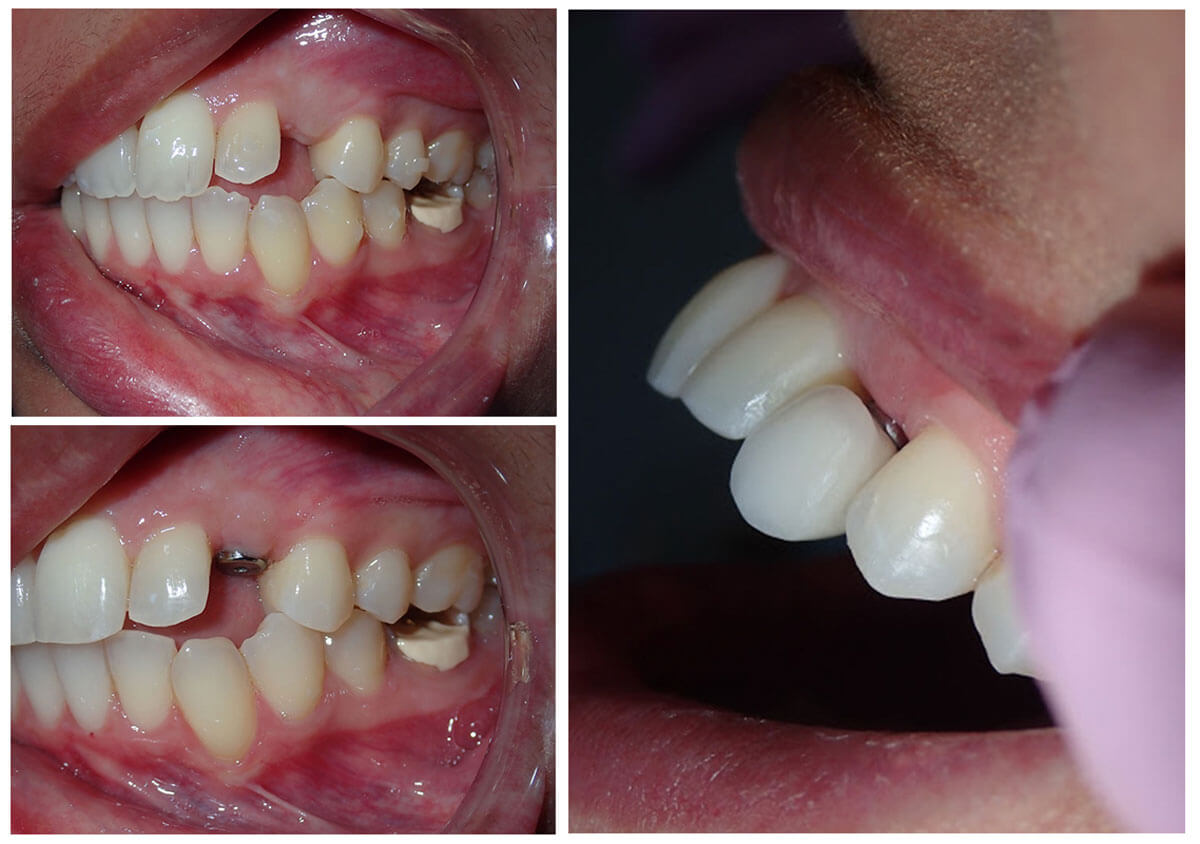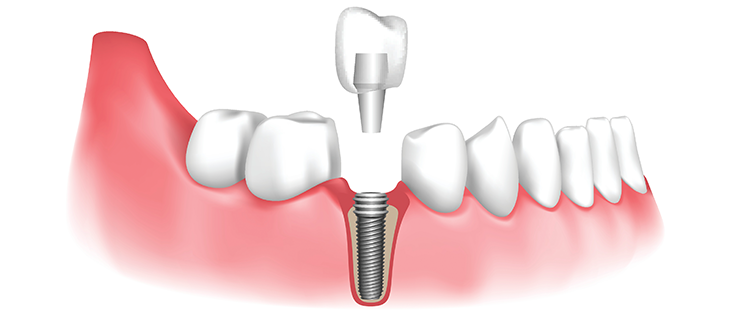The Best Strategy To Use For Dental Sense
Table of ContentsFacts About Dental Sense RevealedTop Guidelines Of Dental Sense10 Easy Facts About Dental Sense ShownDental Sense Fundamentals Explained
are medical tools surgically implanted right into the jaw to recover an individual's ability to chew or their look. They supply support for synthetic (fake) teeth, such as crowns, bridges, or dentures. When a tooth is lost due to injury or illness, an individual can experience difficulties such as fast bone loss, faulty speech, or changes to eating patterns that result in pain.Oral dental implant systems contain an oral implant body and dental implant abutment and may likewise include an abutment addiction screw. Root canal procedure. The oral implant body is surgically put in the jawbone in place of the tooth's origin. The oral implant abutment is typically affixed to the dental implant body by the abutment fixation screw and extends via gum tissues right into the mouth to sustain the affixed man-made teeth
(https://experiment.com/users/dentalsense1)Framework of The Dental Implant System choosing dental implants, talk with your oral copyright concerning the prospective benefits and dangers, and whether you are a candidate for the treatment. Points to take into consideration: Your overall health and wellness is a crucial aspect in establishing whether you are a great candidate for dental implants, for how long it will certainly take to heal, and just how long the dental implant may stay in location.
Smoking may impact the recovery procedure and lower the lasting success of the implant. The healing process for the implant body may take a number of months or longer, throughout which time you normally have a short-term joint instead of the tooth. the oral implant procedure: Very carefully comply with the oral health guidelines offered to you by your dental provider.
Dental Sense for Dummies
Implant failure can result in the demand for an additional operation to repair or replace the dental implant system. Recovers the capacity to chew Brings back cosmetic look Aids keep the jawbone from reducing due to bone loss Protects the wellness of the bordering bone and periodontals Aids maintain surrounding (neighboring) teeth stable Enhances high quality of life Damage to surrounding natural teeth during dental implant positioning Injury to the surrounding cells during surgery, such as sinus perforation Injury during surgical treatment (for example, crack of surrounding jawbone) Poor feature, such as feeling like the teeth do not bite together typically An experience that the tooth is loosened or turning in place arising from an abutment screw loosening Implant body failure (looseness of the implant body) due to systemic infection, which may be most likely in patients with unchecked diabetics issues due to local infection in bone and periodontals supporting the dental implant body because of postponed recovery, which might be most likely in clients that smoke Problem cleaning the periodontals around the implant, resulting in inadequate dental hygiene Without treatment gum condition Post-surgical tingling due to nerve impingement or damages Always alert healthcare service providers and imaging technicians that you have oral implants prior to any kind of magnetic resonance imaging (MRI) or x-ray treatments.
FDA is not knowledgeable about any adverse events reported for MRI or x-ray treatments with dental about his implants. Dental implants systems are typically made of products that follow global consensus standards of the International Organization for Standardization (ISO) or ASTM International. These standards have details of what makes a secure material.

An oral implant is a structure that replaces a missing tooth. With screw-like tools, the surgeon inserts an implant right into the jawbone, and it serves as an anchor for an artificial tooth, called a crown. A device called a joint links the man-made tooth to the dental implant. The crown is personalized to fit the individual's mouth and match the shade of their teeth.
Some Ideas on Dental Sense You Should Know
Some people are not qualified for dental implant surgical treatment. It is for dental surgeons to operate people with: acute illnessuncontrollable metabolic diseasebone or soft tissue disease or infectionIf these concerns are settled, an individual can have the surgical procedure. In, dental specialists refrain from running on people with: If individuals with any of the above undertake oral implant surgical treatment, there is a higher danger of the implant falling short.

Oral dental implant surgical procedure is an individualized process. It's not the same for everyone. However the complying with provides a basic introduction of what you can expect your dentist, dental specialist, periodontist or prosthodontist to do: Place the dental implant surgically. Provide you time to recover. Attach the blog post and final crown, bridge or denture.
Next, your surgeon will thoroughly put the oral implant right into your jaw. If your dental implant is near the front of your mouth, your dental professional will make a short-lived tooth for you to use until you heal.
Excitement About Dental Sense
Your provider can inform you what to anticipate in your situation. Throughout the healing phase, your jawbone ought to fuse to the dental implant. This process, called osseointegration, is important for security and long-term success. This procedure can take anywhere from 3 to 9 months. In some cases, it may take longer.
As soon as your implant heals, your dental practitioner can connect the joint (tiny connector message) and your last remediation (crown, bridge or denture). This typically takes concerning one hour to finish and may need a 2nd small surgical treatment. You shouldn't feel any type of discomfort during your oral implant treatment due to the fact that your service provider will use medicine to numb your gums.